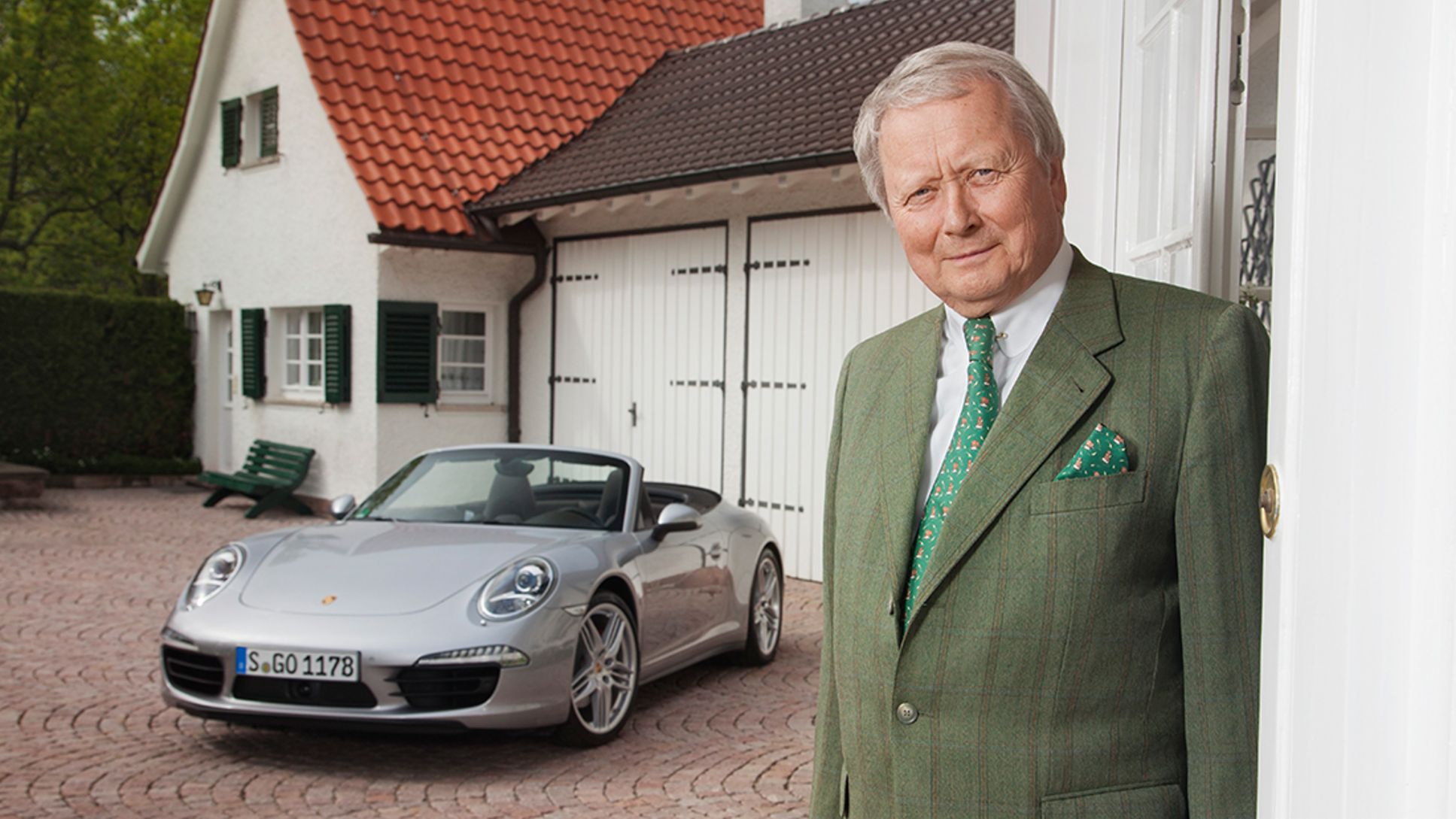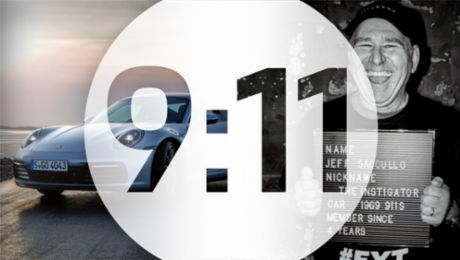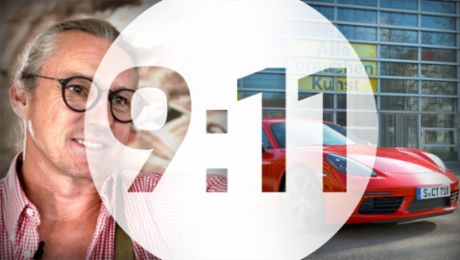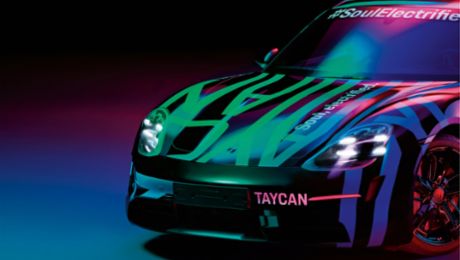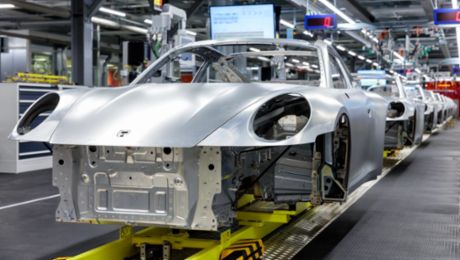Because I went to boarding school, most of my exposure to the development of the new 911 back then was on weekends. Developing the successor to the 356 was a hotly debated topic in our home in Stuttgart. My father Ferry and my brothers F. A. and Peter spent a lot of time discussing all of the possibilities for this project. On the one hand, they didn’t want to antagonize what they called the “cast-iron contingent,” namely, the customers and fans of the 356, for whom rear-wheel drive, air-cooling, and the boxer engine were articles of faith. Their principle was that the 356 was not to be changed, and that the essence of a Porsche is its matchless character. On the other hand, my father had been aware for some time that everything had to become better and more modern, including engine performance, handling, and the interior.
I was able to participate intensively in evening testing, which largely consisted of heading onto the autobahn to Leonberg and driving at full speed through the tunnel toward Weissach. The first crash tests, by contrast, were done quite literally by hook or crook. We had a crane raise the prototypes into the air and then drop them onto the ground. When Peugeot lodged a protest about the proposed type name 901, my father Ferry replied, “Well, let’s just add a 10.” That was the birth of the 911.
As a reward, on finishing high school I was allowed to drive a Porsche 912, which was the entry version of the 911 with a four-cylinder boxer engine. During college I drove a VW Beetle, which was typical for students in the early 1960s. Mine had some slight modifications, though, such as a 95hp (70kW) Porsche engine, disc brakes, a Nardi steering wheel, and Porsche seat covers made of what we called Schnürlsamt, or corduroy. The main thing back then was that I could outstrip a gasoline-powered Mercedes 190 sedan.
The 911 was our family car, without a doubt. My mother always wanted it to be green, and my father also never went for conspicuous colors, also preferring shades such as Oak Green or Brewster Green. I’ve inherited that great fondness for the 911 from my parents, and have driven every succeeding model generation with delight.
The 993 Turbo S, for example, is simply great. It’s streamlined, purist, genuine, and gives you the feeling of sitting in one of the first 356s from Gmünd. In the 911 Speedster models I enjoy additional moments of pleasure from their adventurousness and their authenticity, especially during morning drives on the demanding Grossglockner High Alpine Road over the highest peak in Austria. I was allowed to accompany my father on these drives as a child, and today, after fifty years of the Porsche 911, I love the feeling now as much as I did then. The core values of our brand, including those of the latest, very successful model, the 991, remain as visionary as those of the first Porsche 356, the No. 1 from the year 1948.
Info
Text first published in the Porsche customer magazine Christophorus, no. 360
Consumption data
911 Carrera: Fuel consumption combined 8.3 – 7.4 l/100 km; CO2 emissions 190 – 169 g/km
